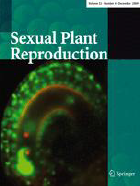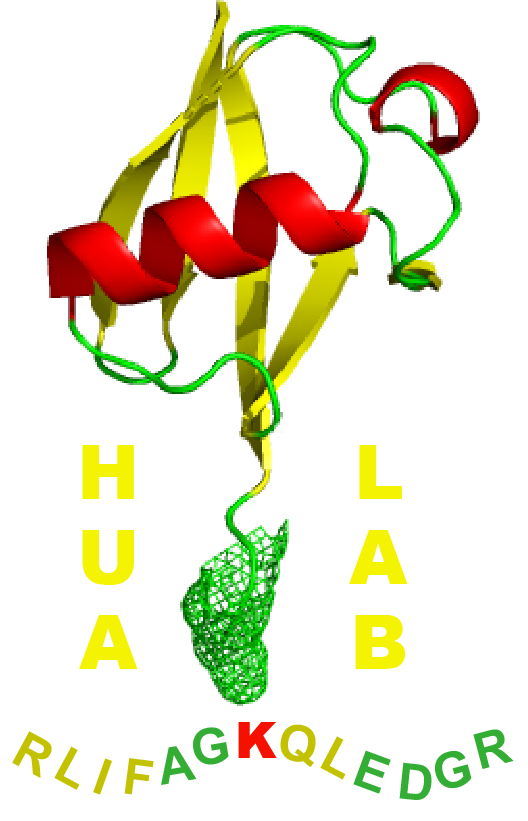- News & information
- About
- History
- George V. Voinovich
- George V. Voinovich Collection
- Calendar
- How to Find Us
- News
- Archives
- Photojournalism Fellowship Project
- Photo Essays
- Current Fellow
- Previous Fellows
- Reports and Publications
- Archives
- Students
- Prospective
- Center for Entrepreneurship
- Environmental Studies
- HTC/Voinovich School Scholars
- Master of Public Administration
- Current
- HTC/Voinovich School Scholars
- Center for Entrepreneurship
- Environmental Studies
- Master of Public Administration
- Alumni
- Contact
- School Leadership
- Strategic Partners Alliance
- Ohio University Public Affairs Advisory Committee
- Ohio University Public Affairs Advisory Committee
- Faculty and Fellows
- Faculty
- Visiting Professors
- Voinovich Fellows
- Professional Staff
Ectopic expression of S-RNase of Petunia inflata in pollen results in its sequestration and non-cytotoxic function

Meng, X., Hua, Z., Wang, N., Fields, A.M., Dowd, P.E., and Kao, T.H.
Abstract
The specificity of S-RNase-based self-incompatibility (SI) is controlled by two S-locus genes, the pistil S-RNase gene and the pollen S-locus-F-box gene. S-RNase is synthesized in the transmitting cell; its signal peptide is cleaved off during secretion into the transmitting tract; and the mature “S-RNase”, the subject of this study, is taken up by growing pollen tubes via an as-yet unknown mechanism. Upon uptake, S-RNase is sequestered in a vacuolar compartment in both non-self (compatible) and self (incompatible) pollen tubes, and the subsequent disruption of this compartment in incompatible pollen tubes correlates with the onset of the SI response. How the S-RNase-containing compartment is specifically disrupted in incompatible pollen tubes, however, is unknown. Here, we circumvented the uptake step of S-RNase by directly expressing S2-RNase, S3-RNase and non-glycosylated S3-RNase of Petunia inflata , with green fluorescent protein (GFP) fused at the C-terminus of each protein, in self (incompatible) and non-self (compatible) pollen of transgenic plants. We found that none of these ectopically expressed S-RNases affected the viability or the SI behavior of their self or non-self-pollen/pollen tubes. Based on GFP fluorescence of in vitro-germinated pollen tubes, all were sequestered in both self and non-self-pollen tubes. Moreover, the S-RNase-containing compartment was dynamic in living pollen tubes, with movement dependent on the actin–myosin-based molecular motor system. All these results suggest that glycosylation is not required for sequestration of S-RNase expressed in pollen tubes, and that the cytosol of pollen is the site of the cytotoxic action of S-RNase in SI.

Contact Information:
(740) 593–9381 | Building 21, The Ridges
Ohio University Contact Information:
Ohio University | Athens OH 45701 | 740.593.1000 ADA Compliance | © 2018 Ohio University . All rights reserved.



